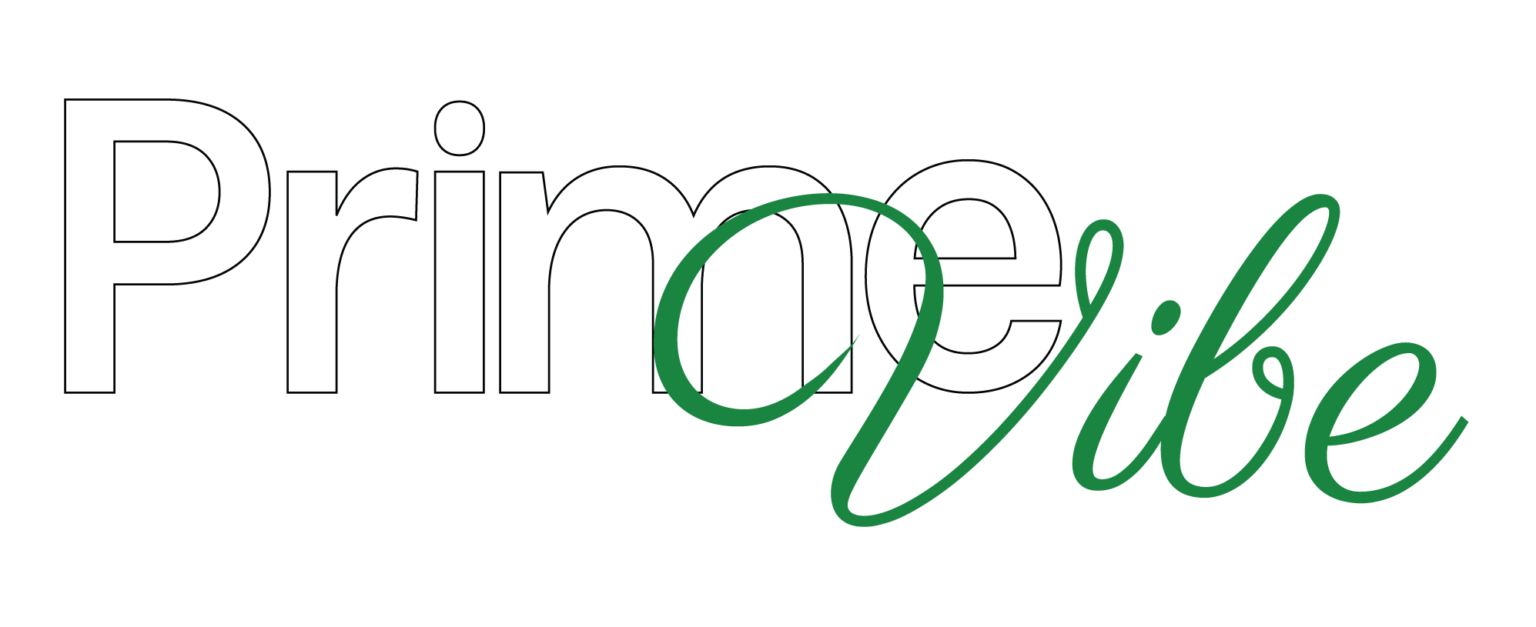When you’re undergoing IVF, one of the biggest decisions you’ll face is whether to go for a fresh embryo transfer or a frozen embryo transfer (FET). Both have their advantages, and the best choice depends on individual circumstances. If you’re considering IVF treatment at an IVF centre in Kangra, understanding these two methods can help you make a well-informed decision.
Understanding Embryo Transfer in IVF
Embryo transfer is the final and crucial step of IVF treatment. After fertilization, embryos are either transferred immediately (fresh transfer) or frozen for future use (frozen transfer). The method you choose can affect success rates, costs, and overall treatment outcomes.
Fresh Embryo Transfer: Process & Benefits
What is Fresh Embryo Transfer?
In a fresh embryo transfer, embryos are implanted into the uterus within 3 to 5 days after fertilization, without being frozen.
Process of Fresh Embryo Transfer
- Ovarian stimulation through hormone injections.
- Egg retrieval and fertilization.
- Embryo culture in a lab for a few days.
- Immediate transfer of the best-quality embryo into the uterus.
Benefits of Fresh Embryo Transfer
- Shorter treatment time – No need to wait for an additional cycle.
- Lower freezing costs – Since embryos aren’t stored, additional freezing costs are avoided.
- More natural cycle alignment – The body is already prepared for implantation.
Frozen Embryo Transfer (FET): Process & Benefits
What is Frozen Embryo Transfer?
Frozen Embryo Transfer (FET) involves freezing and storing embryos for use in a later cycle.
Process of FET
- Eggs are fertilized and embryos are created.
- Embryos are frozen using advanced techniques like vitrification.
- The woman’s body is prepared for implantation through hormone therapy.
- The frozen embryo is thawed and transferred to the uterus.
Benefits of FET
- Higher success rates – Studies show that FET has a higher implantation success rate than fresh transfer.
- Lower risk of ovarian hyperstimulation syndrome (OHSS) – Fresh cycles can sometimes cause OHSS due to hormone treatments, which FET avoids.
- Better uterine environment – The body has time to recover from hormone stimulation before implantation.
- Flexibility – Embryos can be used later, reducing the need for repeated egg retrieval.
FET vs Fresh Transfer: Success Rates in India
Studies show that frozen embryo transfer (FET) has a higher success rate than fresh transfer. According to research, FET has an implantation success rate of 60-70%, while fresh transfer has 45-55%.
A study by the Indian Journal of Reproductive Medicine found that FET leads to better pregnancy outcomes, especially for women with PCOS and those over 35.
Key Differences Between Fresh and Frozen Embryo Transfer
| Factors | Fresh Embryo Transfer | Frozen Embryo Transfer (FET) |
| Success Rate | Moderate | Higher |
| Uterine Condition | Immediate Implantation | More Time to Prepare |
| Cost | Lower (No Freezing) | Higher (Freezing & Storage) |
| OHSS Risk | Higher | Lower |
| Convenience | Strict Timelines | More Flexible |
Who Should Choose Fresh Embryo Transfer?
Fresh embryo transfer is ideal for:
- Women under 35 years with a good ovarian reserve.
- Patients who want a quicker IVF cycle.
- Those who have no hormonal imbalances or endometrial issues.
Who Should Choose Frozen Embryo Transfer?
FET is recommended for:
- Women with PCOS to avoid OHSS.
- Women over 35 years, as FET increases implantation chances.
- Those with a history of failed fresh transfers.
- Couples undergoing genetic testing (PGT).
Cost Comparison of FET vs Fresh Transfer in India
At an IVF centre in Kangra, the cost of an IVF cycle varies based on procedure and medication. Here’s a rough breakdown:
- Fresh embryo transfer: ₹1.5 lakh – ₹2.5 lakh per cycle
- Frozen embryo transfer (FET): ₹2 lakh – ₹3 lakh per cycle (including freezing & storage costs)
Although FET may seem costlier upfront, it reduces the need for repeated cycles, making it a better investment in some cases.
Common Myths About Frozen vs Fresh Embryo Transfer
Myth 1: Fresh embryo transfer is always better
❌ Fact: FET has been found to have higher success rates due to better uterine conditions.
Myth 2: Frozen embryos are weaker
❌ Fact: Advanced freezing techniques like vitrification preserve embryo quality effectively.
Myth 3: FET is too expensive
❌ Fact: While FET has an additional freezing cost, it reduces the need for multiple cycles, making it cost-effective.
Real-Life Experiences: What Indian Couples Say
Many couples in India have successfully conceived through frozen embryo transfer. One couple from Himachal Pradesh shared their experience at an IVF centre in Kangra, stating:
“We had two failed fresh transfers. Our doctor suggested trying FET, and we conceived in the very first attempt. It gave my body time to heal, and the embryo implanted successfully!”
Choosing the Right IVF Centre in Kangra
If you’re looking for the best IVF centre in Kangra, consider these factors:
- Experienced fertility specialists
- Availability of both fresh & frozen embryo transfer
- Advanced freezing technology (vitrification)
- High success rates in FET and fresh transfer
Conclusion: Which One is Better for You?
Choosing between fresh and frozen embryo transfer depends on your health, age, and fertility history. Frozen embryo transfer (FET) has higher success rates, but fresh transfer may work well for younger women with no complications.
It’s best to consult with an expert at an IVF centre in Kangra to determine the best approach for your journey to parenthood.





